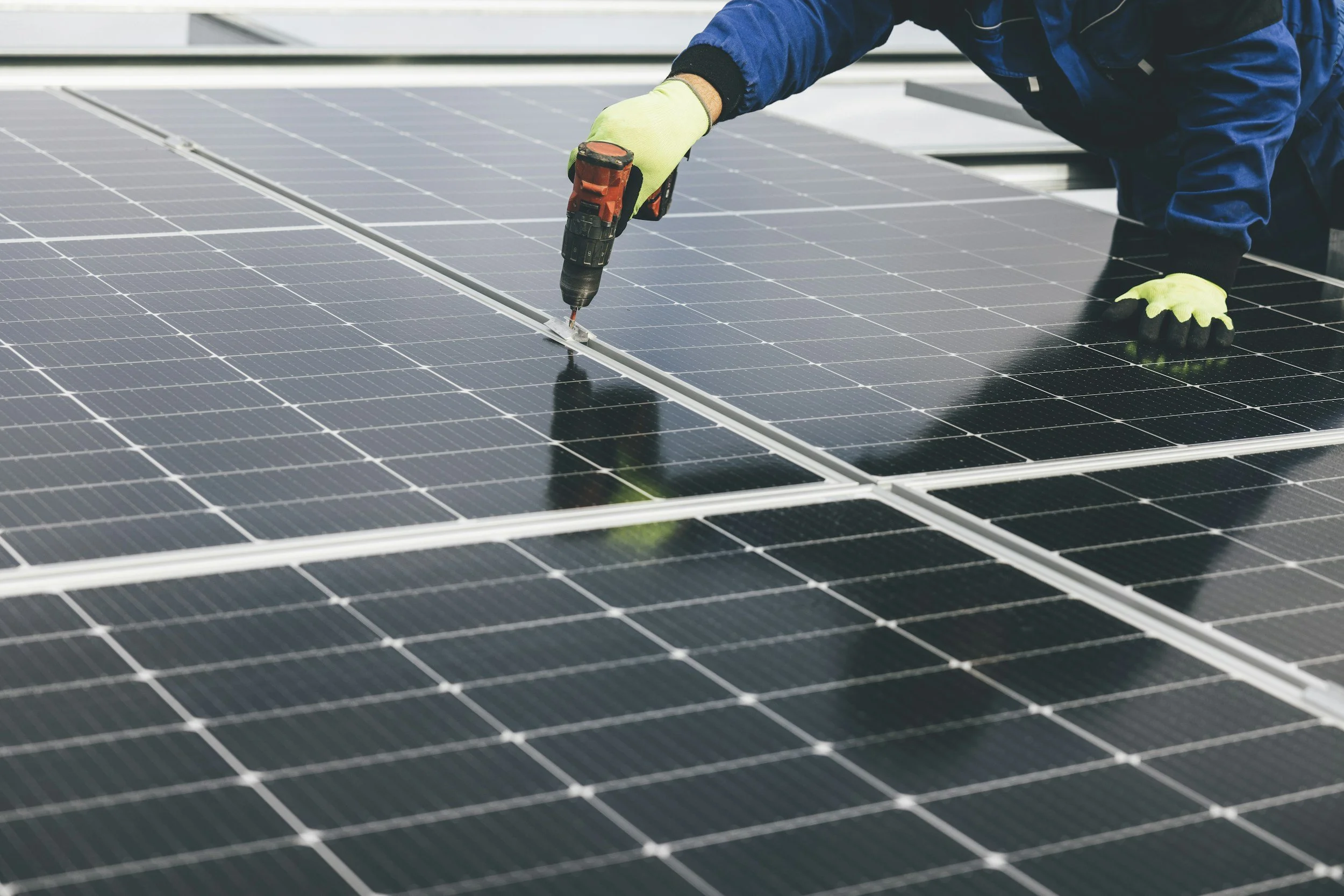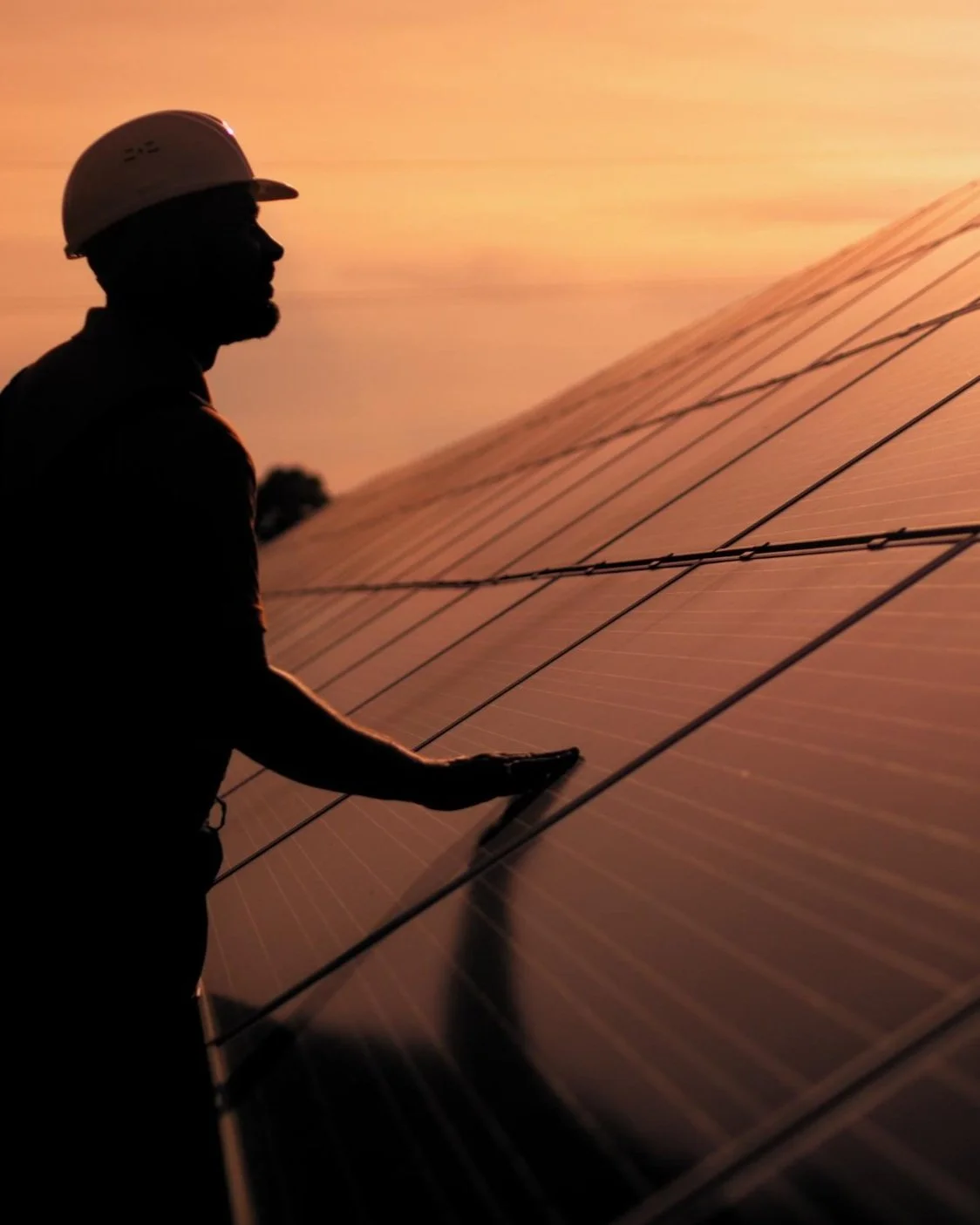Powering the Future: UK Solar Energy Records Have Been Broken!
The UK is making significant strides in its quest to enhance energy independence and Net Zero, with solar energy in the UK playing a crucial role in this transition. Historically dependent on overseas energy providers, the nation is gradually producing a higher proportion of its energy locally. This shift reduces reliance on international markets and enhances our energy security.
Solar Energy Growth Outstrips Projections
The year started with positive momentum, and solar energy generation has consistently outperformed projections month after month.
January recorded a 10% increase over expected levels.
February saw another 10% improvement, maintaining the upward trend.
March marked an impressive milestone, with a remarkable 30% surge in solar output.
April has similarly commenced on a strong trajectory, with generation continuing at unprecedented levels.
This growth underscores the reliability of solar power, as well as its increasing contribution to the UK’s energy system. It is a demonstration of how the sector is scaling up to meet the nation’s long-term sustainability targets.
The Role of Solar in the UK’s Energy Mix
Solar energy plays an indispensable role in the UK’s energy mix. Contributing approximately 4.9% of the nation’s total electricity generation in 2024, the growth of solar output highlights its potential to drive further decarbonisation efforts.
This expansion aligns with critical objectives, including reducing reliance on fossil fuels, lowering carbon emissions, and enhancing national energy security. For example, as the average CO₂ emissions per kilowatt-hour fell to 127 gCO₂ in 2024, the increased share of solar energy has strengthened the UK’s ability to minimise its environmental footprint.
Importantly, the decentralised nature of solar energy supports a more resilient electricity grid by diversifying power generation sources and reducing dependence on imports.
Drivers of Solar Growth
Several factors have contributed to this surge in solar generation. Advances in photovoltaic technology, targeted governmental policies, and growing public awareness have all played pivotal roles. Investments in infrastructure, such as large-scale solar farms and the installation of rooftop solar panels on commercial and residential buildings, have amplified capacity significantly.
Weather patterns, alongside technological efficiencies, have also boosted solar output, creating an environment where solar energy can flourish even during traditionally low-output months.
Public and private sectors alike are increasingly adopting solar solutions, supported by incentive schemes and cost efficiencies that make solar energy an attractive option for businesses and households.
UK Solar Predictions for 2025
Record-Setting Solar Capacity Growth
The UK’s solar energy sector is poised for significant expansion in 2025, with projections estimating between 3-3.5GWp-dc of new capacity. This represents a noteworthy increase from the 2.3GWp-dc added in 2024, driven by large-scale projects, residential installations, and commercial rooftops.
The Role of Government Policies
Government backing remains a key driver of solar energy growth. Support through Contracts for Difference (CfD) schemes has been crucial, with AR4 and AR5 rounds bringing nearly 850MW of new capacity online in 2024. Moving forward, continued CfD rounds and policy revisions, such as the removal of parameters hindering larger-scale rooftop projects, will unlock even more solar potential. Additionally, lifting the effective ban on onshore wind signals broader support for renewables, building momentum for a greener energy mix.
Advancements in Solar Technology and Storage
Solar technology advancements are addressing longstanding challenges, particularly with energy storage. The integration of battery systems capable of storing surplus solar energy is set to revolutionise the industry by minimising intermittency issues. These systems ensure a more consistent power supply and will be indispensable for maximising the contribution of solar to the national grid. Further innovation, including higher efficiency photovoltaic cells and integration with smart grids, promises to enhance output and reliability in 2025 and beyond.
Untapped Potential in Underutilised Spaces
Industrial rooftops, barren urban plots, and rural lands represent vast untapped opportunities for solar expansion. Recent years have already seen increased adoption in these areas, with commercial rooftops alone contributing around 500MW annually. Policies encouraging the use of these underutilised spaces, coupled with streamlined planning regulations, could lead to a surge in solar installations, capitalising on spaces that have previously gone unnoticed.
Driving Toward Net Zero
The UK’s commitment to Net Zero by 2050 underscores the strategic importance of solar energy. By supporting large-scale projects, scaling up rooftop installations, and integrating energy storage technologies, the country is making strides toward decarbonizing its energy sector. These efforts reflect a broader strategy to transition to a low-carbon economy while reducing reliance on fossil fuels.
2025 stands to be a landmark year for the UK’s solar sector. With government support, innovative technology, and underutilized spaces coming into play, solar energy is primed to hit record highs, bringing the nation even closer to a renewable-powered future.
Partnering for a Solar-Powered Future
At Energy Oasis, we are dedicated to helping businesses, communities, and individuals capitalise on the rising prominence of solar power. Our tailored solutions include everything from rooftop solar systems to integrated renewable energy hubs, all designed to maximise efficiency and sustainability.
Contact us today to discover how we can support your transition to cleaner energy, reduce your operational costs, and contribute meaningfully to the UK’s renewable energy goals.





